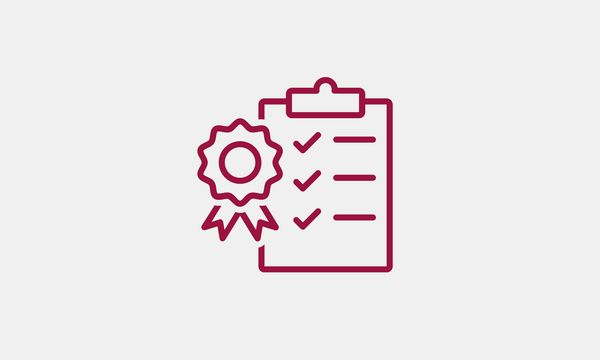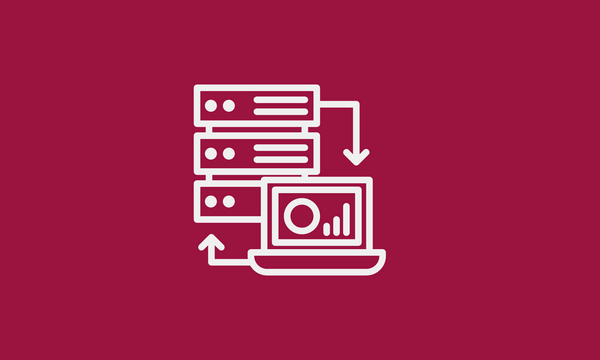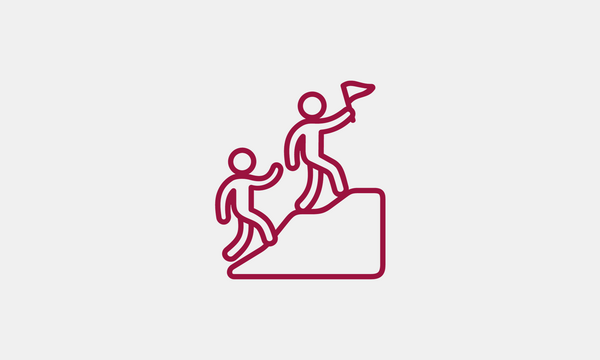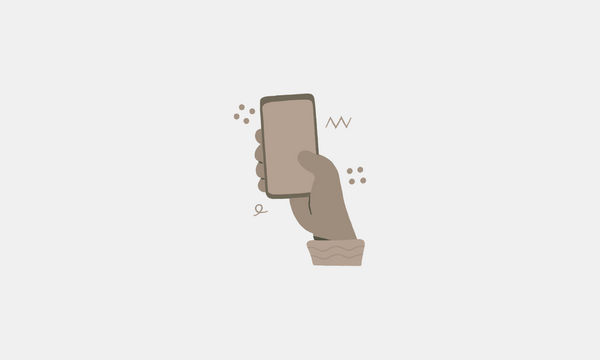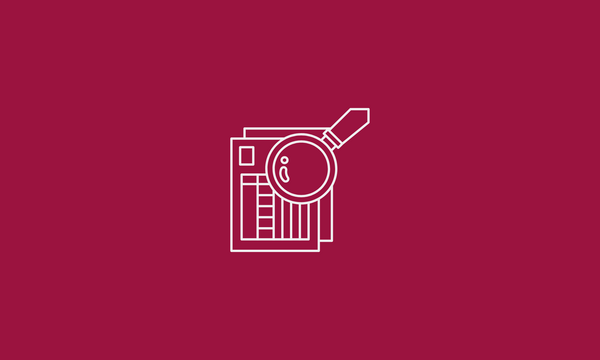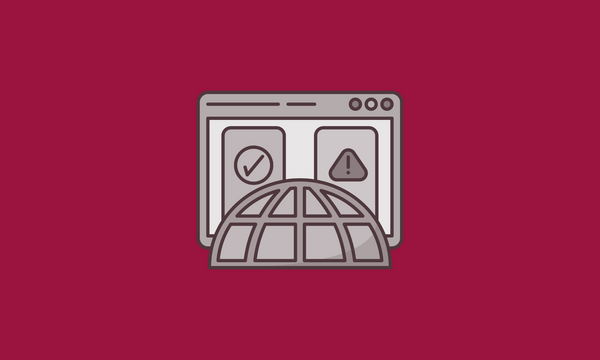How to manage compassion fatigue as a UX Designer in the public sector

Gillian Wu
September 10, 2021

‘How am I feeling?’ is not something I usually ask myself after conducting user interviews.
After going through some challenging user research studies where I listened to participants talk about their negative experiences with the energy adjudication process, I felt sad and exhausted.
Dealing with heavy emotions is not typically taught in design school. When you work in the public sector, you are more likely to encounter people whose lives are impacted by the tools and services that you work on. You might listen to challenging stories, some of which can wear you down over time.
Through my fellowship journey, I realized the importance of checking in with myself and incorporating self-care into my design practice.
So, what happened and what started this?
During the discovery phase of my project, I hit a low point. I received some negative responses to my user research invites and heard tough stories from those that I did have a chance to talk with.
Many of the problems people face are systematic. They were difficult for me to tackle in a 10-month timeline. It left me feeling tired, emotionally exhausted and quite honestly questioning my ability to create change.
As UX designers, empathy and compassion are a large part of who we are and the work we do. We talk to people about their experiences using a product or a service, seeking to make them better. So, what happens when your work impacts you deeply?
The first time I heard about the concept of compassion fatigue was when I was having a conversation with a therapist. I shared my experience conducting user interviews as a designer in the public sector.
At the time, I never heard of the term before, much less believed I was experiencing this. After all, how can designers get tired of being compassionate? When I took time to do some research, I realized it occurs more often than I thought within the design industry.
What is compassion fatigue?
Compassion fatigue is the physical and emotional exhaustion that occurs to those who work in a caring-related role. It involves listening and helping people that have gone through difficult circumstances. If not dealt with, it can become an occupational hazard.
Some signs of compassion fatigue include:
- Dramatic shifts in mood
- Fatigue, irritability and exhaustion
- Feelings of pessimism
- Hypersensitivity to emotional material
- Reduced work enjoyment
- Disruption to your worldview
How does it relate to design?
Working as a designer in the public sector means you are likely to engage with people whose problems go beyond the services or tools you are working on. You might hear heartbreaking stories, distressful situations, and aspects of inequality, many of which you have no control over.
Secondary trauma
Secondary trauma happens when you constantly hear the suffering of others. The accumulation of it can lead to compassion fatigue. Sometimes participants will share their pain and frustration beyond the tools they use. This can create emotional transference and impact your well-being.
Emotional transference occurs when the feelings or emotions of one person get directed to another. For example, a participant can redirect their frustrations about an experience onto an interviewer.
How do you recover from compassion fatigue?
Recognizing the signs of compassion fatigue is important because it allows you to address them. If you are not feeling your best, it makes it difficult to help someone else.
1. Take mental health breaks and time for self-care
If you are starting to feel drained and exhausted from your research sessions, take frequent breaks. Self-care can look like spending time away from work, exercising and checking in on yourself.
2. Set boundaries
Setting boundaries can mean adjusting the number of people you talk to in your user research sessions to a manageable workload. It may also look like stopping a user interview halfway if it is negatively impacting you.
3. Know your limits
Interviewing people can be long and tiring. When planning your research sessions, it is okay to spread them out over a week or two. Do some reflection to see what works best for you.
4. Find peer and professional support
Take the time to do retrospectives with your peers after your user interviews. It will help you process what happened and reflect on how to better navigate tricky situations.
Seek professional support outside of work. For example, having a therapist can provide you with another perspective on the challenges you face. They may also suggest tips for preventing compassion fatigue.
5. Figure out what is within your control
Some of the problems that people face are out of your control. Therefore, it is important to start small and focus on the things you can do to create change.
For example, you might not be able to improve every part of the process, but you can find people in your organization who will help you address those issues.
There are times when you may feel powerless to help your participants, especially when they go through a lot of suffering. However, over this fellowship, I have learned that even if you can’t solve all their issues, most people appreciate the chance to share their stories and get their voices heard.
Take the time to cultivate your self-care practice. It will benefit both you and your users.
Further readings:
You're here to help residents, and we're here to help you. Interested in how to bring digital tools and skills into your department? No matter where you are on your digital government journey, learn more about how Code for Canada can support your work.
